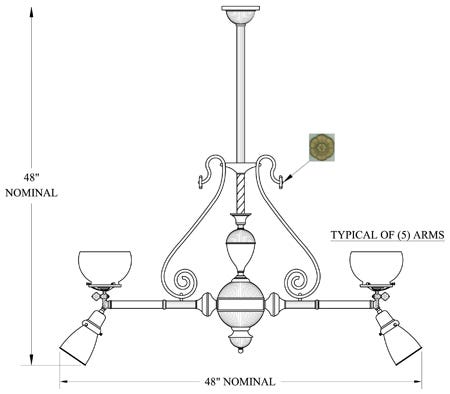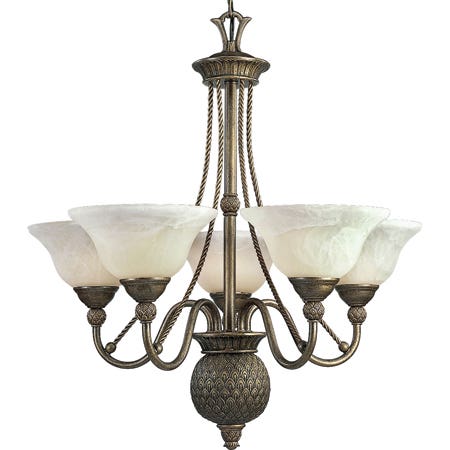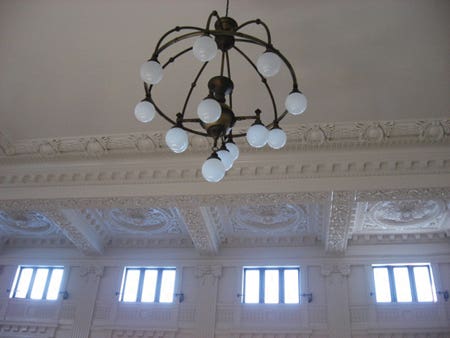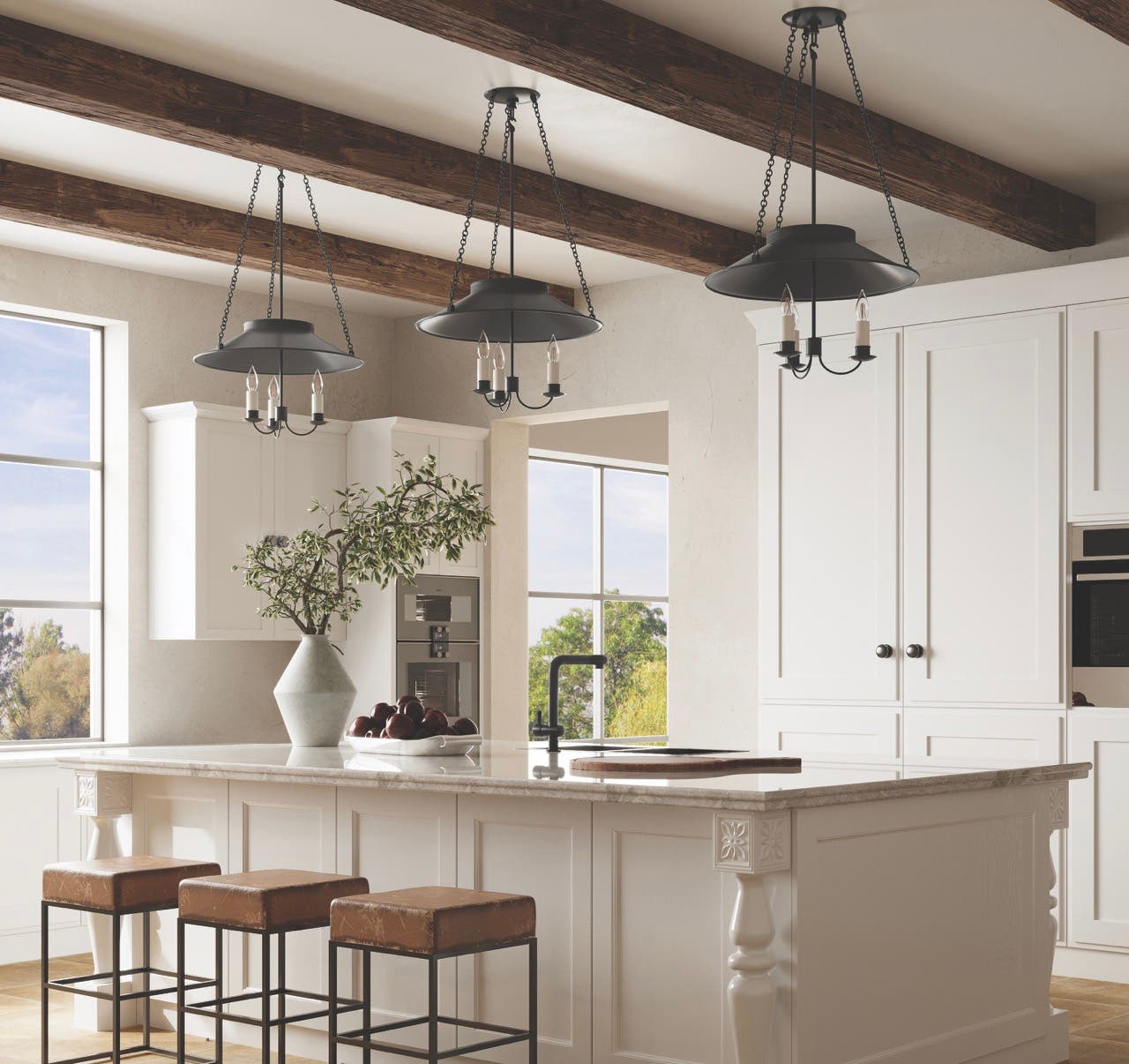
Product Reports
Historic Lighting Can Be Energy Efficient




Let there be light, and let it be energy efficient.
Architects surveyed by Traditional Building magazine overwhelmingly said that energy efficiency is a consideration when specifying lighting for current projects. Specifically, 62.5% said it is always a consideration, and 31.3% said sometimes. Only 6.3% said energy efficiency is never a consideration.
LED leads the pack as far as the type of lamps specified. A whopping 87.5% specify LED lamps, followed by 68.8% who specify compact fluorescent lamps. In third place was linear fluorescent lamps at 56.3%, followed by high-intensity discharge (HID) lamps at 37.5%. Mercury fluorescent lamps came in at 18.8% and inductive fluorescent lamps at 12.5%.
"LED advancements are revolutionizing the industry," says Gary Behm, president of St. Louis Antique Lighting Co., St. Louis, MO. "The technology sees significant advancements every few months. The downside for LED is the initial cost, but the upside is that there are more lumens produced per watt. It is common to have about 60 lumens per watt now with retrofit LED lamps and with the new LED chip modules, many are at 100 lumens per watt.” However, the technology is changing quickly, with lower wattage LEDs producing high lumen output."
"We are definitely in a transitional phase where LED is emerging," agrees Ralph DiNola, executive director, New Buildings Institute, Portland, OR. "The efficiency and the cost effectiveness are making it a sensible choice. There are a lot of benefits to LED. They are readily dimmable and they are adapted into every type of lighting. And they offer a long rated life, 50,000 hours. They make sense from a life-cycle point of view and from an environmental perspective. The color rendition is there as well."
As for compact fluorescent lamps, Behm points out that they take about one fourth the wattage of incandescent lamps and have a much longer lamp life, 6,000 to 10,000 hours on average. "Some offer 20,000 hours and induction lighting has 100,000 hours," he adds. "For example, a 60-watt incandescent household lamp is replaced by a 15 watt CF lamp, which can be replaced by a 5.5 watt LED lamp with much lower energy usage, much longer lamp life (35,000 hours or more for the LED)."
Behm adds that the use of daylight for energy savings has come full circle. "It was commonly used throughout history in building design, and it is now driven by cost/energy saving requirements."
In other survey results, the respondents were divided on scoops. Fifty percent said they use them to maximize natural daylight and 50% said they do not use them. At the same time, 43.8% use light scoops augmented with artificial light sources, while 56.3% do not.
Incandescent lamps are still in the picture. More than half of the survey respondents, 62.5%, specify them for their dimming capabilities, 56.3% for their warmth of color, and 31.3% for accent lighting. And exactly half, 50%, specify them for other aesthetic characteristics. Still, 12.5% said they never specify incandescent lamps.
Lighting consultants do not seem to be top of mind to many architects. Among those who responded to the Traditional Building survey, 68.8% said they rarely use them, 12.5% said frequently, and 18.8% said never.








